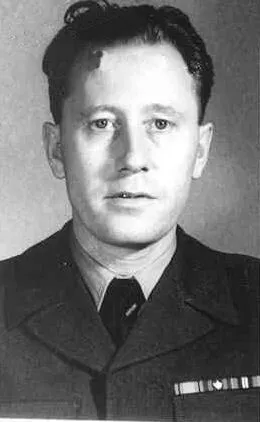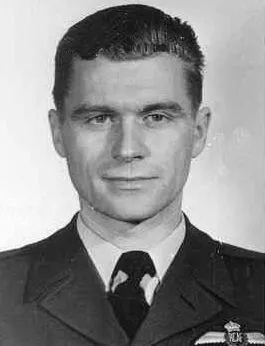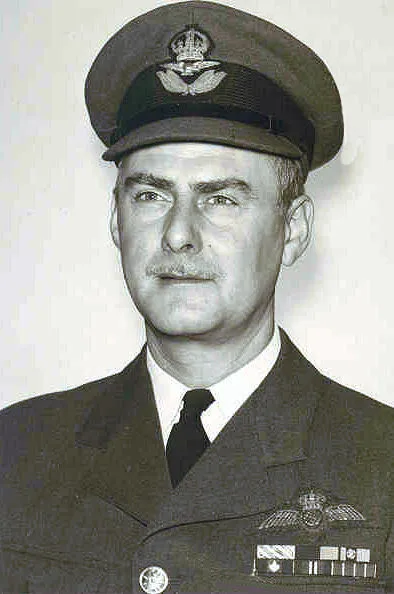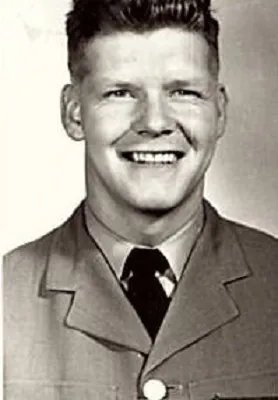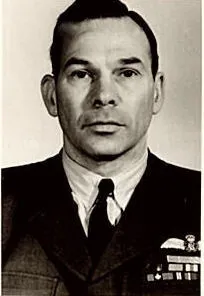Howard, Robert Paul (Flying Officer)
Killed in Flying Accident 1960-April-29
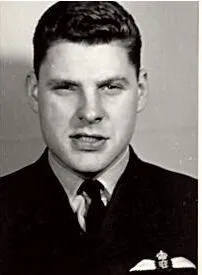

Birth Date: 1934-January-31
Born: London, Middlesex County, Ontario, Canada
Parents: Son of William and Cherry Howard
Spouse: Husband of Joan Howard of London, Ontario. Father of William and Peter Howard.
Home: London, Ontario
Enlistment: London, Ontario
Enlistment Date: 1951-February-16
Service
RCAF
Unit
412 (T) Sqn- Squadron
Promptus Ad Vindictam Swift to Avenge
Base
RCAF Uplands
Rank
Flying Officer
Position
Pilot
Service Numbers
80220
Home
Crew or Other Personnel
Mitchell 5220
Mission
Mitchell Mk. 3PT / 3ST 5220
Transport 1960-April-29 to 1960-April-29
412 (T) Sqn (RCAF) RCAF Uplands
412 RCAF Air Transport Command (Falcon) Squadron, Uplands, Ottawa. B-25 Mitchell III aircraft 5220 had just taken off from Milwaukee airport with an intended destination of Truax Field Air National Guard Base at the Dane County Regional Airport near Madison, Wisconsin. However, with one engine out of control and with a over-speeding propeller, the Mitchell was forced to turn back. Tragically, it crashed into the Milwaukee Harbour of Lake Michigan, 1 mile off shore, three miles short of the runway at Billy Michell Field, Milwaukee. All six crew members on board the aircraft perished in the accident
Air Commodore JG Stephenson OBE AFC CD (RCAF), Wing Commander GW Kusair DFC CD (RCAF), Flyong Officer RP Howard (RCAF), Flight Lieutenant DE Dyck (RCAF), Sergeant LUJ Bisson (RCAF) and Leading Aircraftman NA Porteus (RCAF) were all killed in the crash
Mitchell serial: 5220
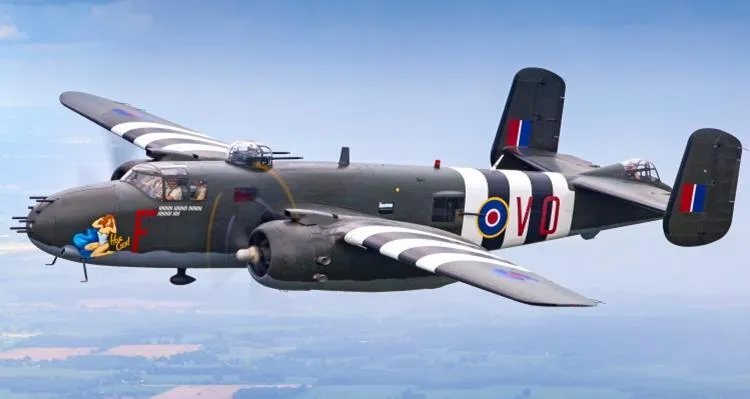
Canadian Warplane Heritage Museum
The North American B-25 Mitchell is an American medium bomber that was introduced in 1941 and named in honor of Major General William "Billy" Mitchell, a pioneer of U.S. military aviation. Used by many Allied air forces, the B-25 served in every theater of World War II, and after the war ended, many remained in service, operating across four decades. Produced in numerous variants, nearly 10,000 B-25s were built.
The North American B-25 Mitchell was flown by the RCAF during and after the Second World War. The RCAF flew the B-25 Mitchell for training during the war and continued flying operations after the war, in Canada with most of 162 Mitchells received. The first B-25s had originally been diverted to Canada from RAF orders. These included one Mitchell Mk. I, 42 Mitchell Mk. IIs, and 19 Mitchell Mk. IIIs. No 13 (P) Squadron was formed unofficially at RCAF Station Rockcliffe in May 1944 and flew Mitchell Mk. IIs on high-altitude aerial photography sorties. No. 5 OTU (Operational Training Unit) at Boundary Bay, British Columbia and Abbotsford, British Columbia, operated the B-25D Mitchell in a training role together with B-24 Liberators for Heavy Conversion as part of the BCATP. The RCAF retained the Mitchell until October 1963.
No. 418 (Auxiliary) Squadron received its first Mitchell Mk. IIs in January 1947. It was followed by No. 406 (Auxiliary), which flew Mitchell Mk. IIs and Mk. IIIs from April 1947 to June 1958. No. 418 Operated a mix of Mk. IIs and Mk. IIIs until March 1958. No. 12 Squadron of Air Transport Command also flew Mitchell Mk. IIIs along with other types from September 1956 to November 1960. In 1951, the RCAF received an additional 75 B-25Js from USAF stocks to make up for attrition and to equip various second-line units.. Wikipedia and Harold Skaarup web page
Unit Desciption
412 (T) Sqn Promptus Ad Vindictam ("Falcon")
History of the Squadron during World War II (Aircraft: Spitfire Mks. IIA, VB, IXB, IXE, XVI, XIV)
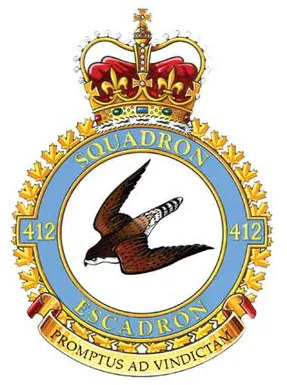
The squadron was the tenth of the RCAF's squadrons to be formed overseas in WWII. It was the seventh fighter squadron to be so formed. It was established at Digby, Lincolnshire, England ![]() on June 30, 1941. John Gillespie Magee, the author of the famous aviation poem “High Flight†was serving with 412 Squadron when he was killed in a mid-air collision in his Spitfire in 1941. The squadron flew Spitfire aircraft in the defence of Great Britain, formed part of the Canadian Kenley Wing within No. 11 Group, Fighter Command. It was re-equipped with the Spitfire lXb in November 1943 and began operating over northern France in preparation for operation Overlord, the D-Day landings. It was during late 1943 that the ace George “Screwball†Beurling scored his last air victory while serving with the squadron. Shortly after D-Day, on June 19, 1944, the squadron moved to France in a fighter and ground support role. It then supported the Allied armies, moving through France, the Belgium, the Netherlands and Germany. It was one of four RCAF day fighter units retained in Germany as part of the British Air Forces of Occupation before being disbanded at Utersen, Germany
on June 30, 1941. John Gillespie Magee, the author of the famous aviation poem “High Flight†was serving with 412 Squadron when he was killed in a mid-air collision in his Spitfire in 1941. The squadron flew Spitfire aircraft in the defence of Great Britain, formed part of the Canadian Kenley Wing within No. 11 Group, Fighter Command. It was re-equipped with the Spitfire lXb in November 1943 and began operating over northern France in preparation for operation Overlord, the D-Day landings. It was during late 1943 that the ace George “Screwball†Beurling scored his last air victory while serving with the squadron. Shortly after D-Day, on June 19, 1944, the squadron moved to France in a fighter and ground support role. It then supported the Allied armies, moving through France, the Belgium, the Netherlands and Germany. It was one of four RCAF day fighter units retained in Germany as part of the British Air Forces of Occupation before being disbanded at Utersen, Germany ![]() on March 21, 1946.
on March 21, 1946.
In the course of hostilities, the squadron flew 12,761 sorties for the loss of 63 aircraft and 62 pilots, of whom 21 were killed, 14 presumed dead, 11 POW. The squadron claimed 106 enemy aircraft destroyed, 11 probably destroyed and 46 damaged. On the ground, they claimed 282 motor vehicles and 22 locomotives. The squadron had 5 aces (shot down 5 or more enemy aircraft): Flight Lieutenant D.C. Laubman DFC & Bar; Flight Lieutenant W.J. Banks,DFC & Bar; Flying Officer D.R.C. Jamieson DFC & Bar; Flying Officer P.M. Charron; Flight Lieutenant R.I.A. Smith DFC. Overall, the squadron was awarded 7 Bars to DFC, 16 DFCs and 4 MiD. Battle Honours were: Defence of Britain 1941-44, Wikipedia, Kostenuk and Griffin
Maps for Movements of 412 Squadron 1941-46
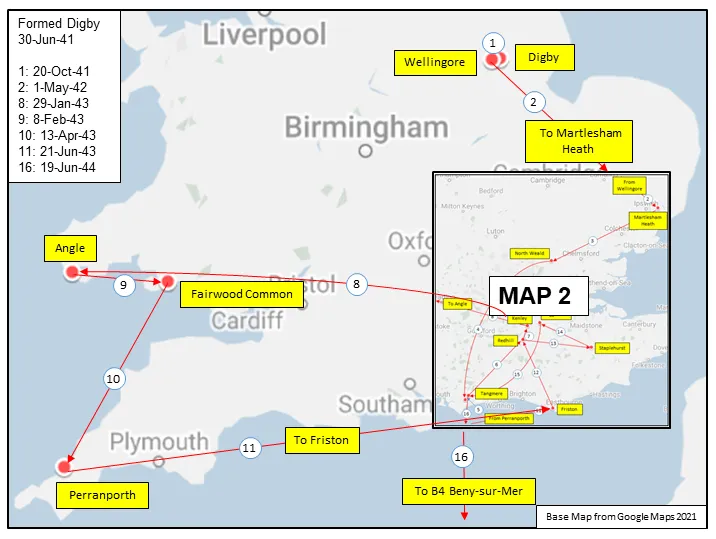
MAP 1: 412 Squadron Movements 1941-44 (right-click on image to display enlarged in new tab)
|
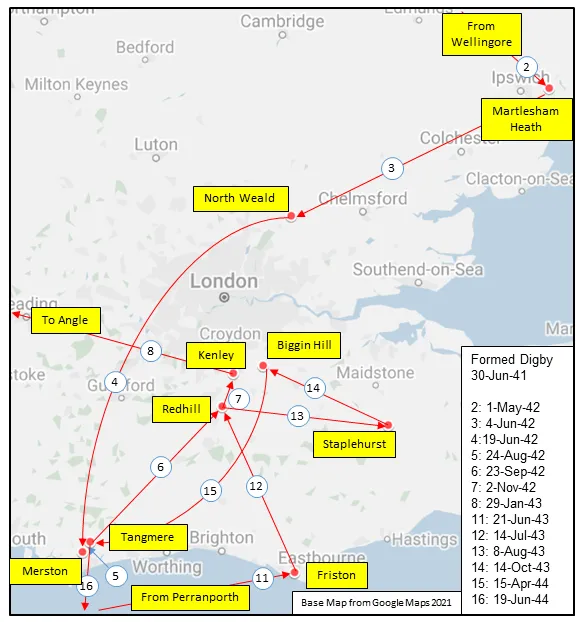
MAP 2: 412 Squadron Movements Detail of Map 1
|
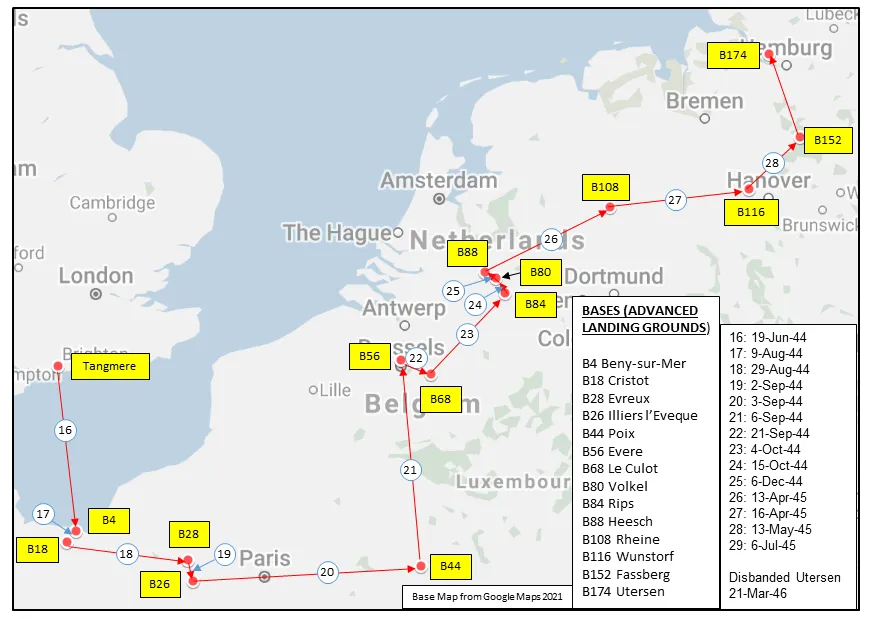
MAP 3: 412 Squadron Movements in Europe 1944-46
|
412 Squadron History Summary 1941-46
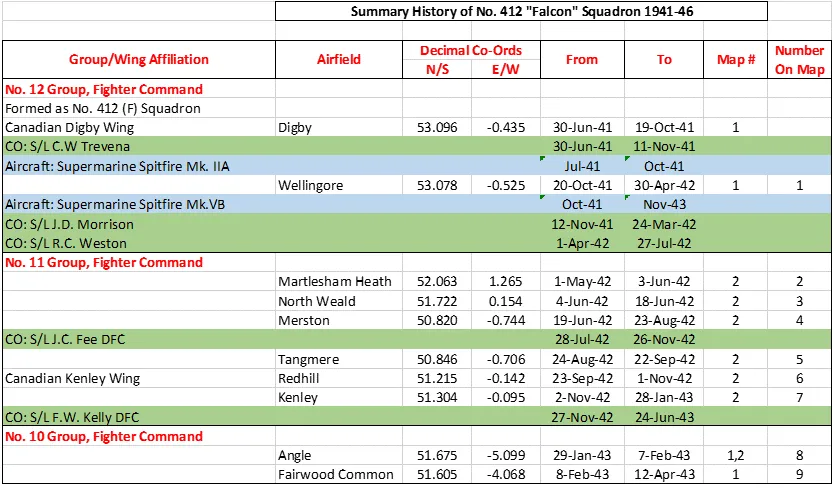
412 Squadron History Summary 1941-46 Page 2
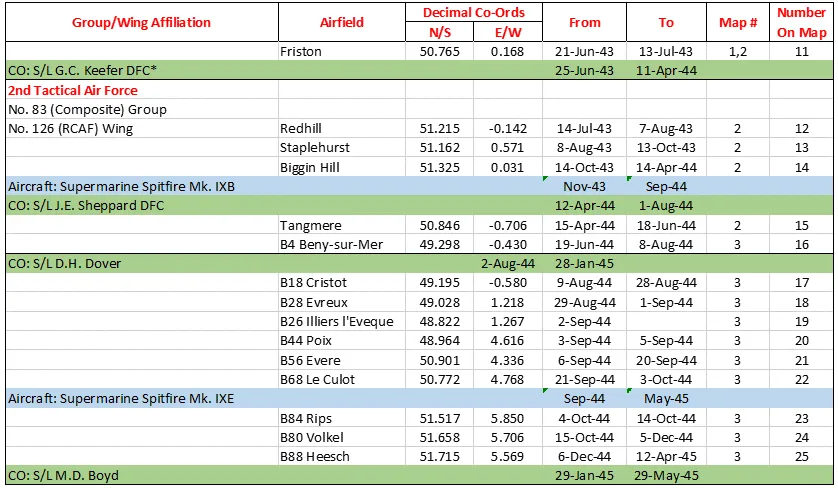
412 Squadron History Summary 1941-46 Page 3

History of the Squadron Post-WWII (Aircraft: CC-117 Falcon, CC-144 Challenger and CC-109 Cosmopolitan)
After the Second World War, Number 12 Communications Flight was reassigned as 412 Squadron on 1 April 1947, and renamed 412 (Composite) Squadron based at Rockcliffe, Ontario ![]() . In 1955, the squadron moved to Uplands, Ontario. Upon unification in 1968, 412 Squadron became the VIP squadron for the Canadian Forces based at CFB Uplands
. In 1955, the squadron moved to Uplands, Ontario. Upon unification in 1968, 412 Squadron became the VIP squadron for the Canadian Forces based at CFB Uplands
Error in opcode: linkgooglemap
and flew the CC-117 Falcon, CC-144 Challenger and CC-109 Cosmopolitan. In the late 1970s a sub-unit was established at CFB Lahr in West Germany; this operation closed in 1993. In 1994, CFB Ottawa (Uplands) closed and 412's fleet was moved to a civilian hangar at Ottawa International Airport. All aircraft are maintained by Transport Canada on behalf of the Canadian Forces. Today, the Squadron performs the VIP and general transport duties with the CC-144 Challenger.